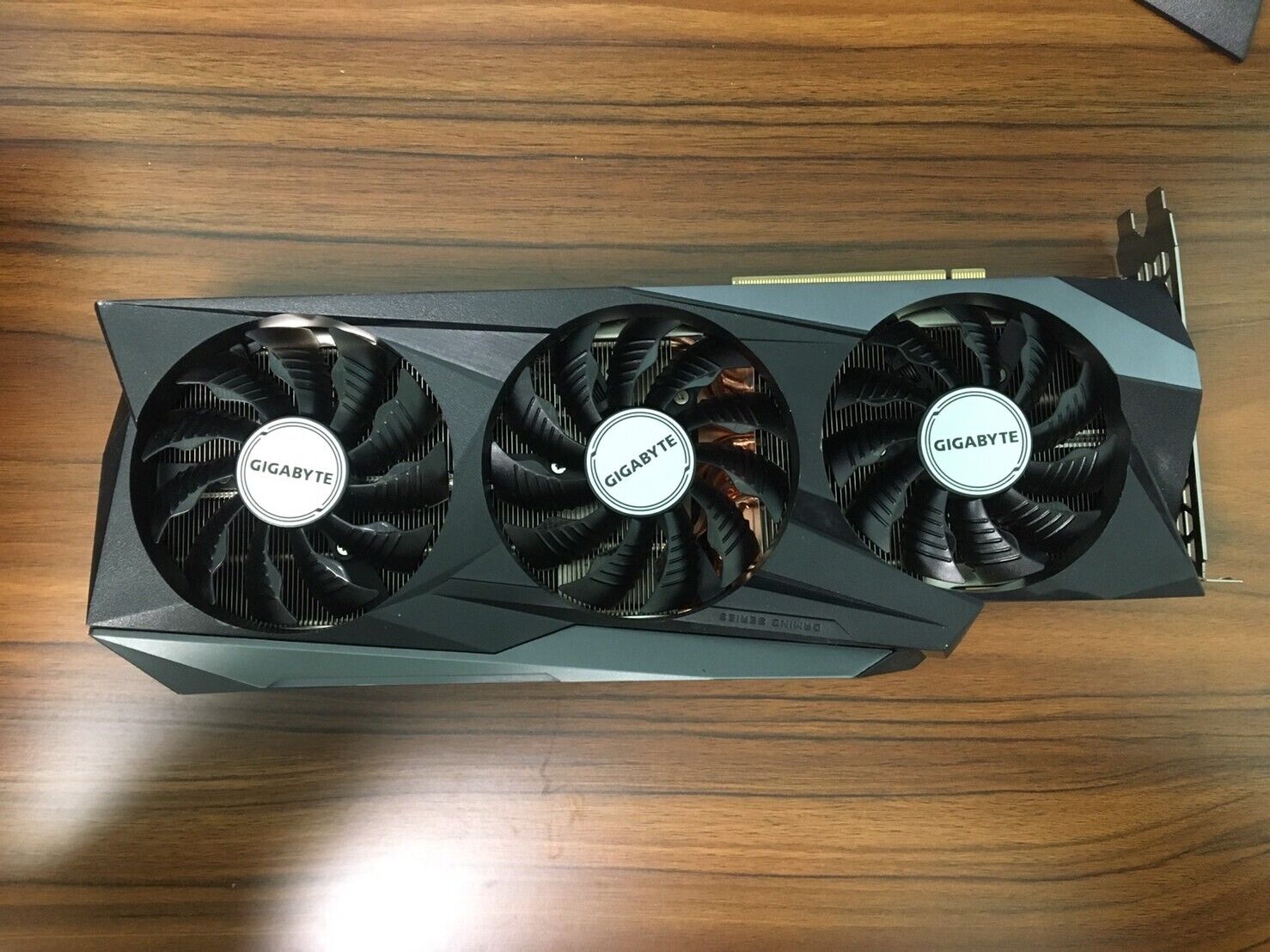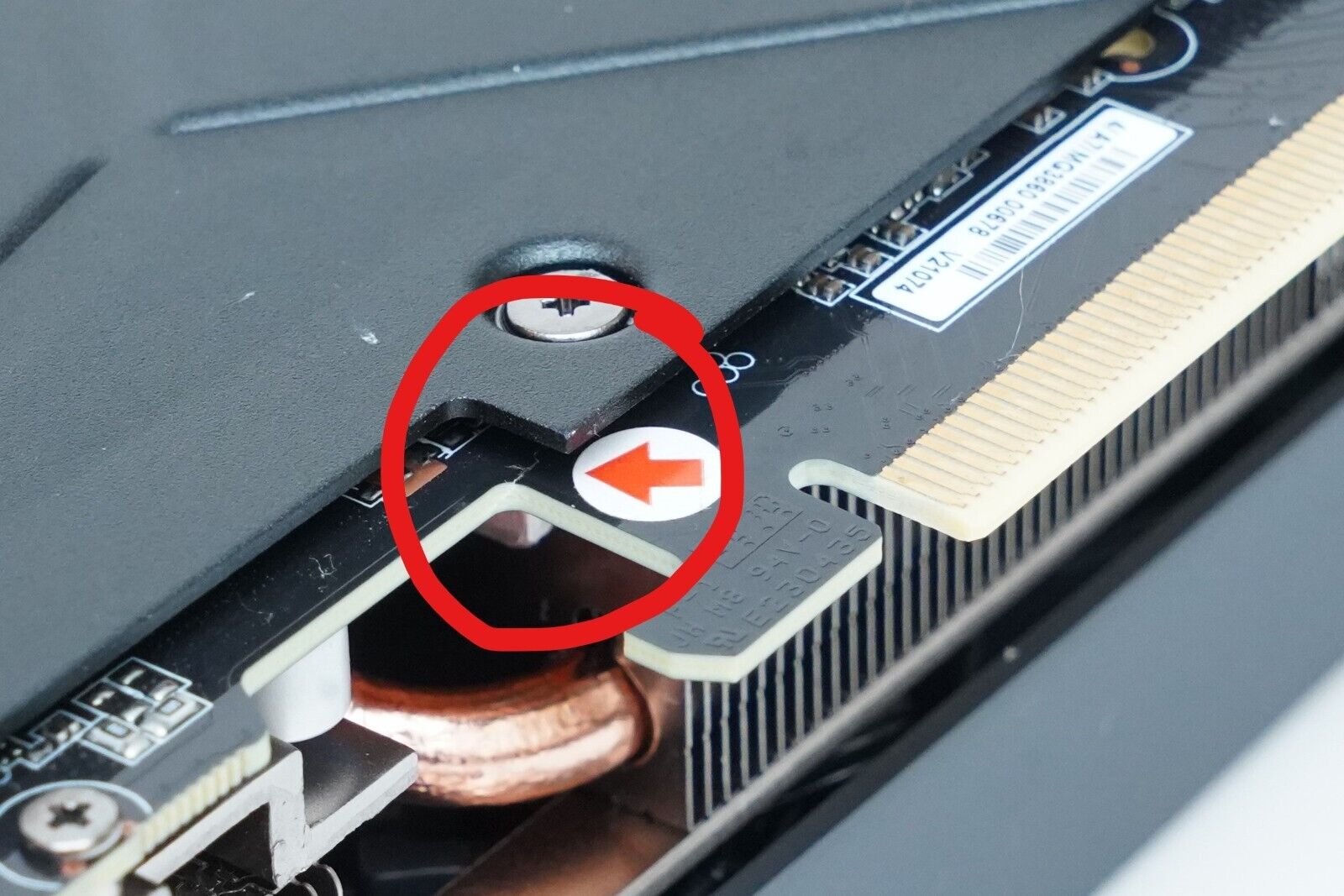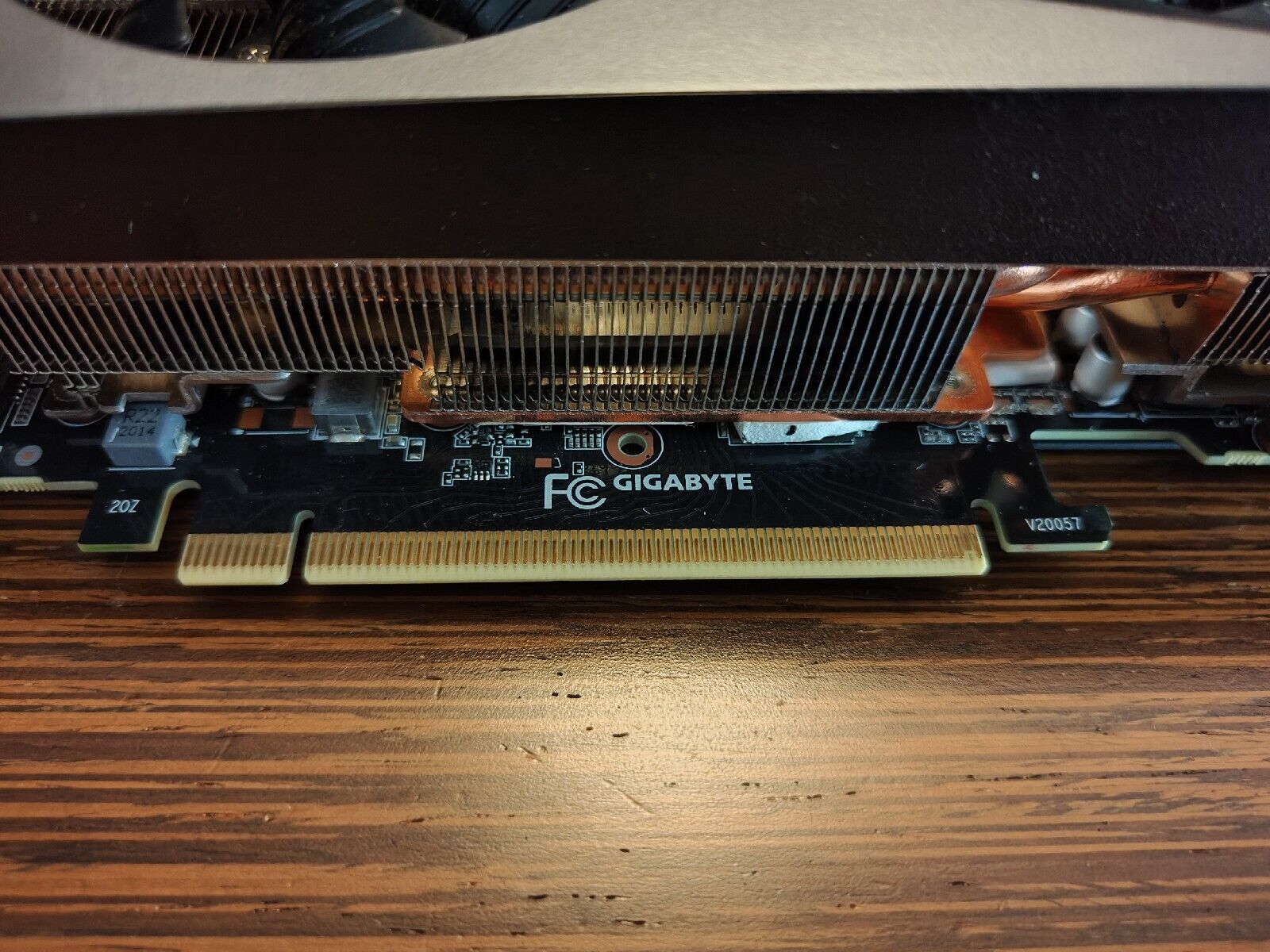Gigabyte RTX 30, RTX 40 Series GPU PCBs Are Reportedly Cracking

Repair technician and YouTuber Louis Rossmann have shared via a recent video a compilation of ongoing cases of a particular flaw with Gigabyte graphics cards. According to user feedback, some of Gigabyte's GeForce RTX 30-series (Ampere) and GeForce RTX 40-series (Ada Lovelace) products, which are among the best graphics cards, have presented cracking on the PCB.
One of Rossmann's viewers, who is a fellow technician, contacted him about the issue with the cracking PCBs. The person had reportedly worked on a dozen of the affected graphics cards. The repairer provided a bunch of vivid photographs illustrating the cracked PCBs. The cracking appears in an area on one end of the PCIe x16 connector, specifically near the PCIe locking tab that fits into the PCIe slot clip.
The problem is that the issue compromises the area where the critical signals pass through, rendering the graphics card unfunctional. The missing signals interrupt the voltage rails on the graphics card so some components aren’t receiving power. The severity of the cracking varies from case to case. The provided photographs showed some instances where a few traces are unusable and in other cases where a plethora of traces suffered damage.
According to Rossmann's source, most cracked Gigabyte graphics cards were sold inside pre-built machines. Nonetheless, there were instances where they cracked on their own. The person claims that Gigabyte has rejected RMA on the cracked graphics cards, highlighting that the damaged PCB was the reason for the refusal. The affected customers received the affected graphics cards with a PCB damage sticker and the dreaded red arrow sticker pointing to the crack. To aggravate the situation, Gigabyte purportedly charges the customers with return shipping while not providing them with a solution.





The damage point suggests that the graphics card's weight may be related to the cracking. Nvidia's GeForce graphics cards have gotten bulkier and heavier over the last two generations. For example, GeForce RTX 4090 is generally a triple-slot graphics card, but some custom offerings have pushed the limits up to 4.5 slots, which is insane. Many of the latest GeForce RTX 40-series graphics cards come with bundled anti-sag supports or brackets to mitigate the weight.
The damaged graphics card is salvageable if you have the necessary expertise and tools. However, the technician admits that the repair process is challenging and chances of success are slim. There’s a wiki that details the entire process. The author believes that Gigabyte may have placed too many traces through the Edge of the PCB where it’s cracking. To improve signal integrity, the vendor may have resorted to buffing the traces with ground planes. However, copper doesn’t have the same level of toughness as fiberglass. That could be the reason it cracks in that área as modern graphics cards are heavier, and the center of gravity is normally at the rear.
It's sad how many of the affected owners have started to offload their damaged Gigabyte graphics cards on eBay for cheap. Some are selling their GeForce RTX 3090 for $450 or GeForce RTX 3080 Ti for $425. Meanwhile, other owners are practically giving away their GeForce RTX 3080 graphics cards for $156 to recover some of the cost.
Get Tom's Hardware's best news and in-depth reviews, straight to your inbox.

Zhiye Liu is a news editor, memory reviewer, and SSD tester at Tom’s Hardware. Although he loves everything that’s hardware, he has a soft spot for CPUs, GPUs, and RAM.
-
InvalidError I'd call that a design defect: don't put traces near a high-stress structural point.Reply
Gigabytes knows about their design flaw, which is how they know to look there for the most minute crack to use as an excuse to deny repair/replacement.
Wonder how many other brand GPUs may have a similar latent issue partly caused by their ridiculously large HSFs. -
digitalgriffin I see this becoming ASUS Gate 2.0Reply
But to be honest Gigabyte is well known to have the worst warranty in the biz when it comes to RMA. I've seen horror story after horror story.
People have yelled about it for years. Seems they only gotten worse. -
-Fran- Let's be positive here! At least they're not fire hazards!Reply
I think...
Welp, in any case, I hope all people affected get a happy ending with this. It's really quite bad to keep on reading that Gigabyte is still being as crappy as ever with catastrophic/nefarious situations as these.
Regards, -
Alvar "Miles" Udell Well there's goes my next choice for GPU manufacturer. With EVGA out and Gigabyte out, and MSI never a consideration, doesn't leave many choices left...Reply -
Phaaze88 Big * gpu air coolers: part of PCB cracksReply
Meanwhile, big cpu air coolers:
After all the flak some folks give cpu air coolers... what was that about weight again?
If anyone's seen Buildzoid's video, he talks about shipping/transport damage. -
Viking2121 Reply
Idk, I've had many dual GPU cards, custom coolers on cards that add a bunch of weight, never seen a PCB crack, Warped and bend yes, Should of seen my 5850 back then, Heck even my 3090ti, Weight isn't the full culprit here, but does aid in the design flaw as most of these GPU's were not shipped in systems.Phaaze88 said:Big * gpu air coolers: part of PCB cracks
Meanwhile, big ass cpu air coolers:
After all the flak some folks give cpu air coolers... what was that about weight again?
If anyone's seen Buildzoid's video, he talks about shipping/transport damage.
Most PCB's can handle a shockingly amount of bending before cracking, heck some don't even start to crack until forcibly bent at nearly 45 degrees, This is clearly a design/Manufacturing flaw in the PCB or just cheaping out on the PCB material itself which is gigabyte so doesn't surprise me.
Gigabyte making cards this heavy also should support the cards in a better way, if that means adding in more mount point to the cooler, so be it, Other Manufactures are not having this problem, and will not have this problem and have heaver cards. -
bit_user Reply
Unless they file a class action lawsuit, how is any "happy ending" even possible? RMAs were denied, leaving them no other recourse. This is just, plain bad.-Fran- said:Welp, in any case, I hope all people affected get a happy ending with this. -
bit_user Reply
Once upon a time, cases used to have slots that would engage the other end of full-length cards. I've also seen over-the-top braces that would hold the edge opposite the motherboard, offering support for cards too short to reach the end slots. I wonder if either of those solutions will return.Phaaze88 said:If anyone's seen Buildzoid's video, he talks about shipping/transport damage.
I think GPU backplates have made the industry too complacent about GPU weight issues.
Bending is different than a mechanical shock to a PCB under tension. If the motherboard isn't perfectly positioned, relative to the back of the case, there can be a lot of tension created by screwing the card into it. This tension makes the PCB more susceptible to mechanical shocks applied in the perpendicular direction, such as when the shipping box containing a prebuilt machine is dropped onto the floor.Viking2121 said:Most PCB's can handle a shockingly amount of bending before cracking, heck some don't even start to crack until forcibly bent at nearly 45 degrees, This is clearly a design/Manufacturing flaw in the PCB or just cheaping out on the PCB material itself which is gigabyte so doesn't surprise me. -
InvalidError Reply
Large CPU coolers usually screw into a backplate to distribute the pressure across the PCB instead of putting all of the load directly on the mounting holes. The retention tab on GPUs has to bear all of the pull-out forces that may occur during a pre-built's shipping on its own when no additional bracing is provided to pick up that load.Phaaze88 said:Big * gpu air coolers: part of PCB cracks
Meanwhile, big ass cpu air coolers:
After all the flak some folks give cpu air coolers... what was that about weight again? -
ReplyInvalidError said:I'd call that a design defect: don't put traces near a high-stress structural point.digitalgriffin said:But to be honest Gigabyte is well known to have the worst warranty in the biz when it comes to RMA. I've seen horror story after horror story.-Fran- said:Let's be positive here! At least they're not fire hazards!Alvar Miles Udell said:Well there's goes my next choice for GPU manufacturer. With EVGA out and Gigabyte out, and MSI never a consideration, doesn't leave many choices left...Phaaze88 said:Big * gpu air coolers: part of PCB cracksViking2121 said:Gigabyte making cards this heavy also should support the cards in a better way, if that means adding in more mount point to the cooler, so be it, Other Manufactures are not having this problem, and will not have this problem and have heaver cards.bit_user said:I think GPU backplates have made the industry too complacent about GPU weight issues.
In response to all of the quoted posts I'll just say I don't work for Gigabyte nor am I a shareholder... but I am quite happy with their card.
This is the first non-EVGA card I've had... and I went with it because a) it was white and b) I got a 4th year of warranty for registering the card.
I have absolutely 0 complaints thusfar.
The card does sag a good 1/8 of an inch and did come with an anti-sag bracket (see the 3 installation holes on the right side) but I didn't like the looks of it in the case so I decided to use the Force instead.